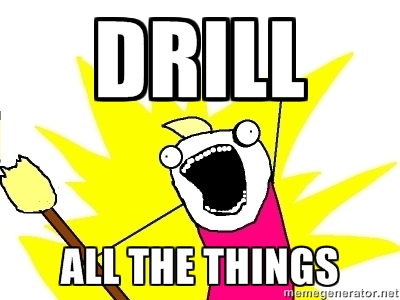Just wanted to mentioned that I’ll be at Kscope15 (you have registered, haven’t you?) with two brand new presentations. I will be presenting on Drillbridge, the innovative, awesome, easy to implement, super cool, fun, free, and fast drill-through solution, as well as a really interesting twist on an ODI feature.
For the ODI presentation I will be doing a super detailed, incredibly deep dive on one of the main features of ODI – mappings and interfaces – and how they work under the hood, how to make/customize Knowledge Modules, and more. I’m really excited for this presentation because it’s a total nerd look at how and why things are setup the way they are, filtered through the lens of a computer scientist (with a nice helping of cube geekery). I don’t seem to get to write about ODI as much as I write about Hyperion-related things, but truth be told if I had to rate my Oracle-specific skills in order of strength, it would go Java, ODI, and then Hyperion. Go figure.
Anyway, get to registering for Kscope as soon as you can; I have a feeling this year’s is going to be the most awesome yet, and when you do, be sure to swing by my presentations and geek out with me and introduce yourself.
